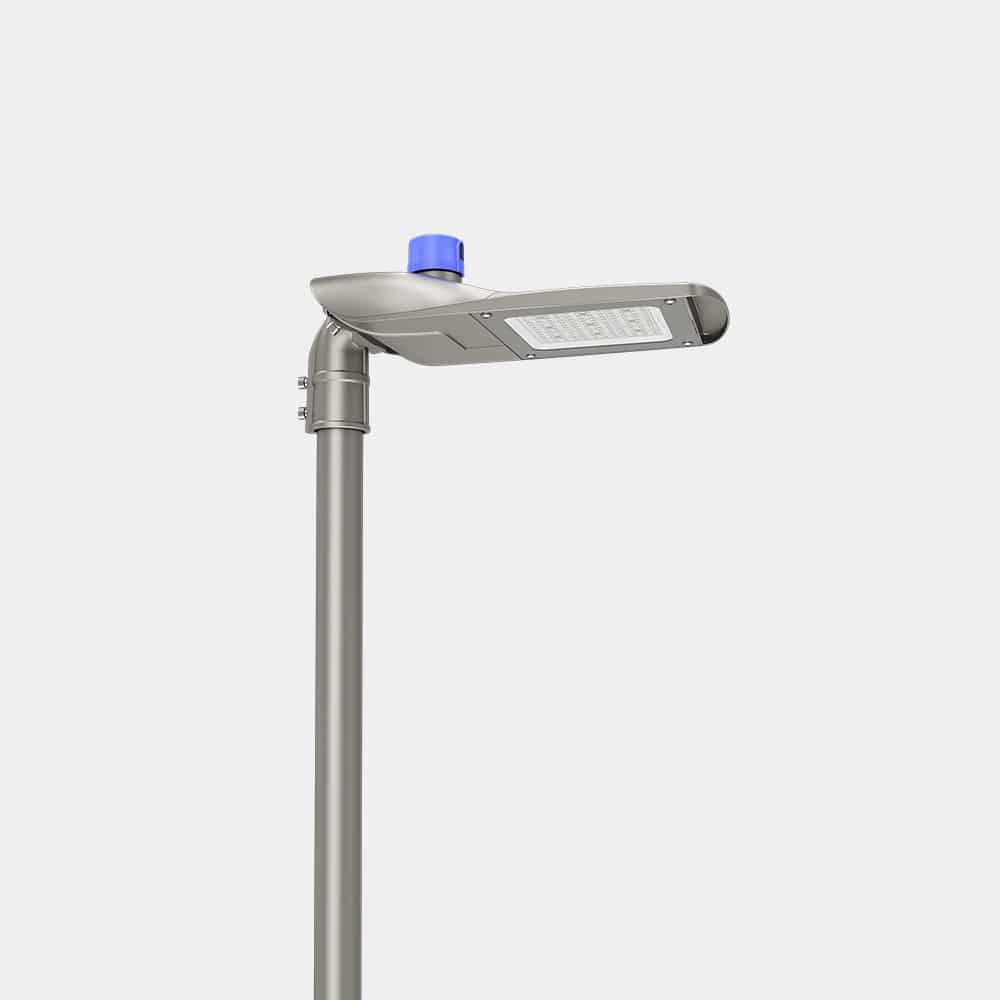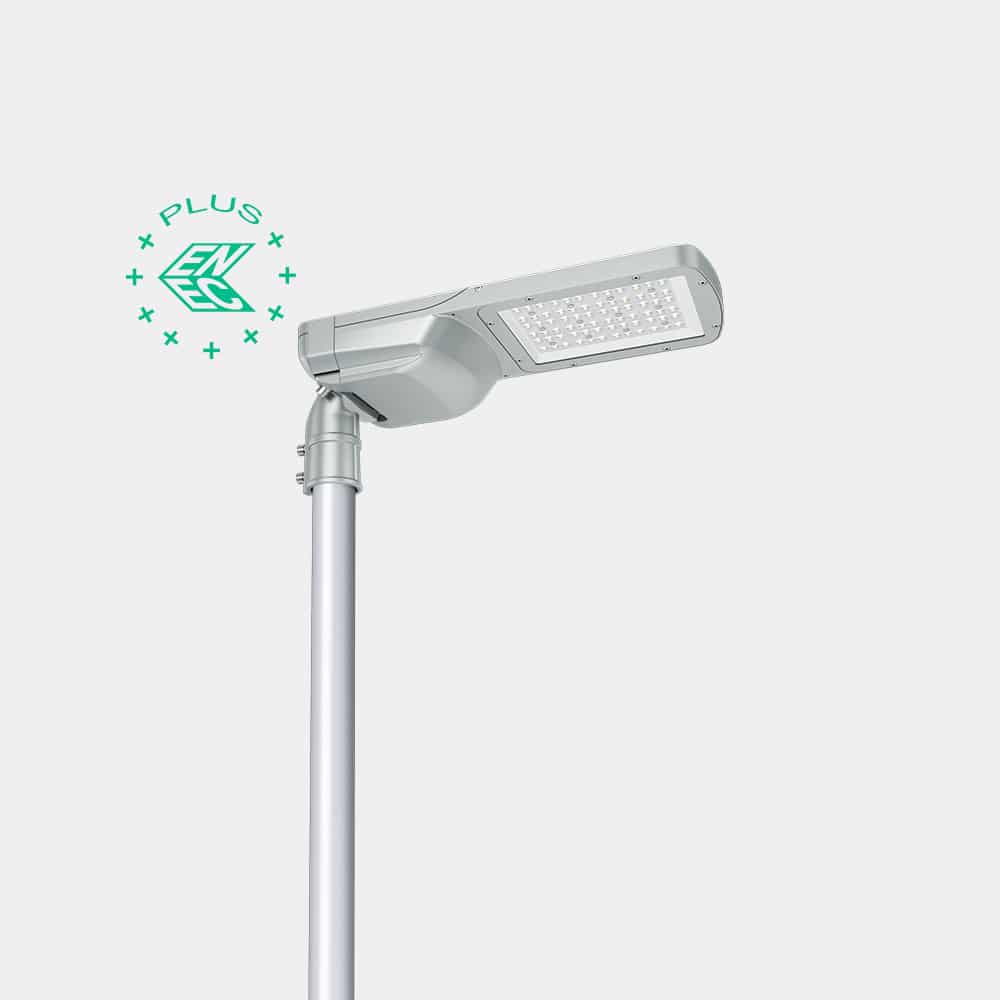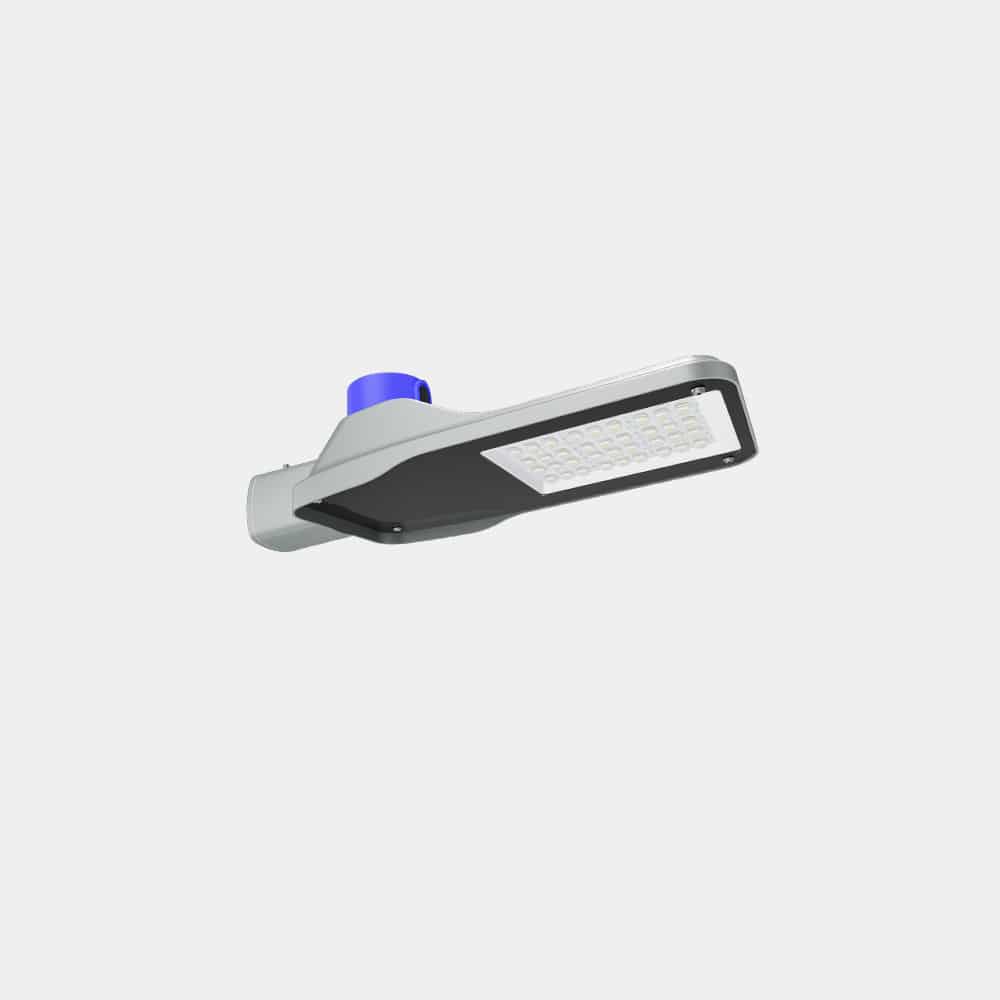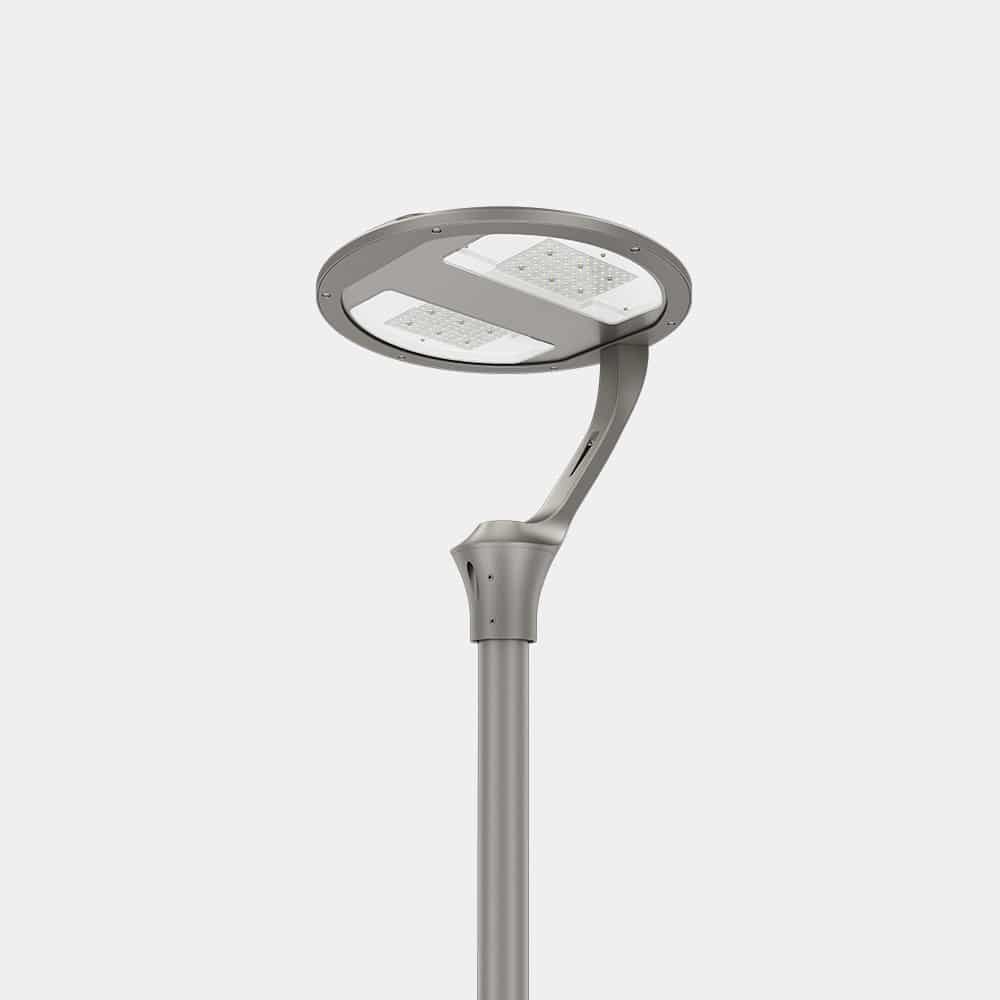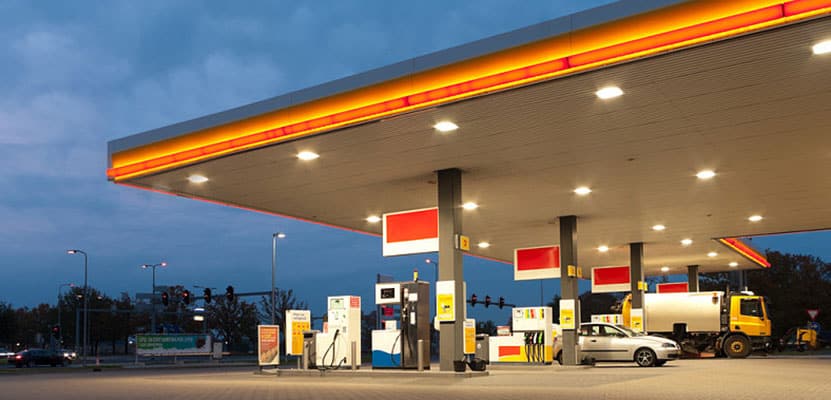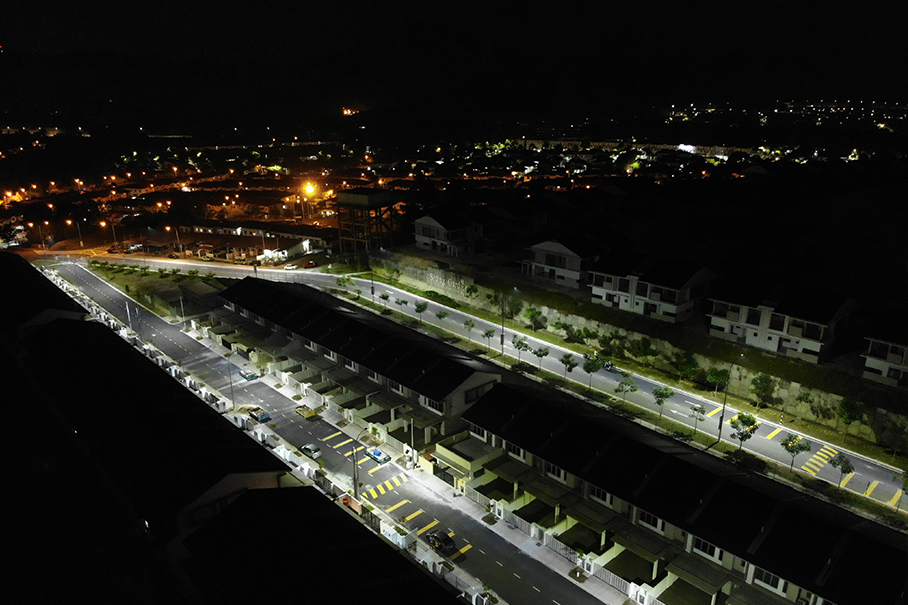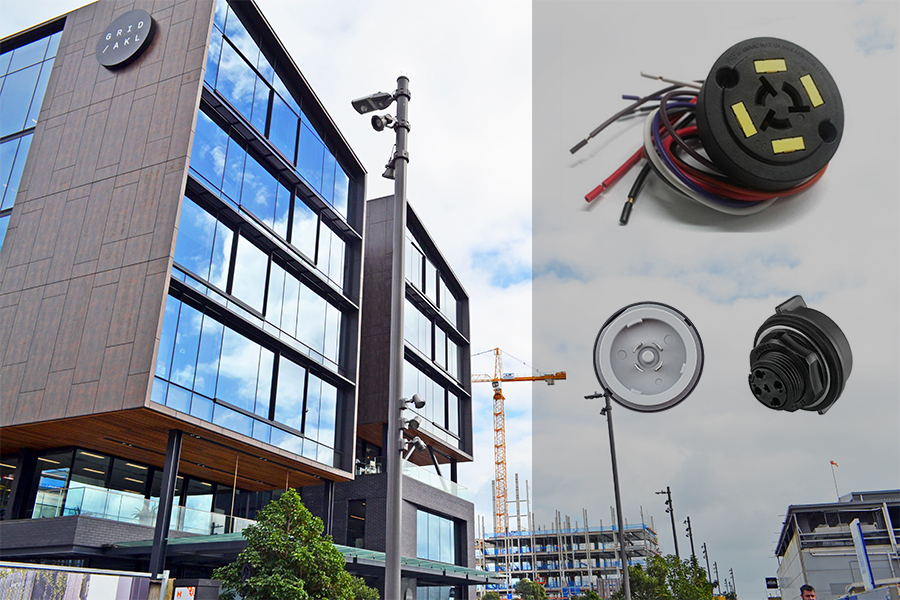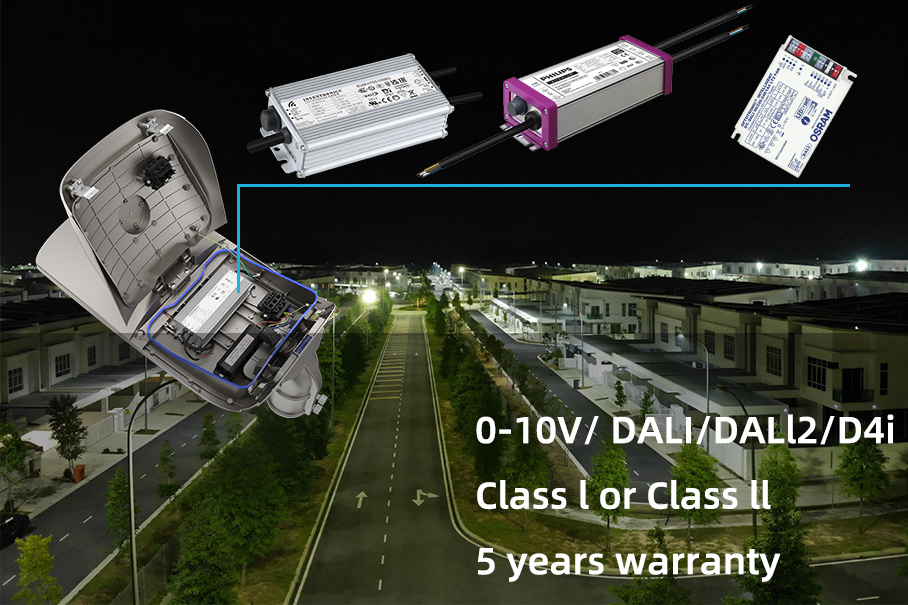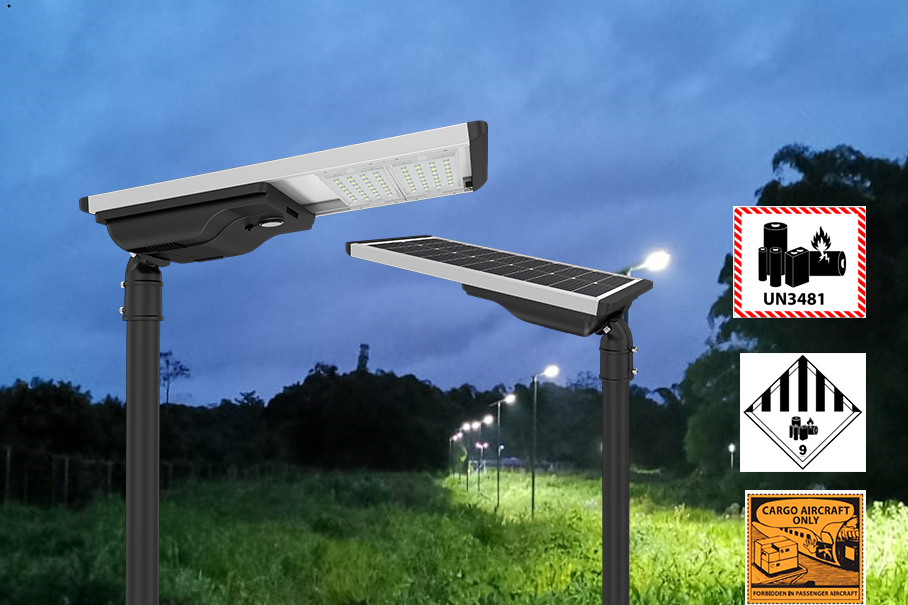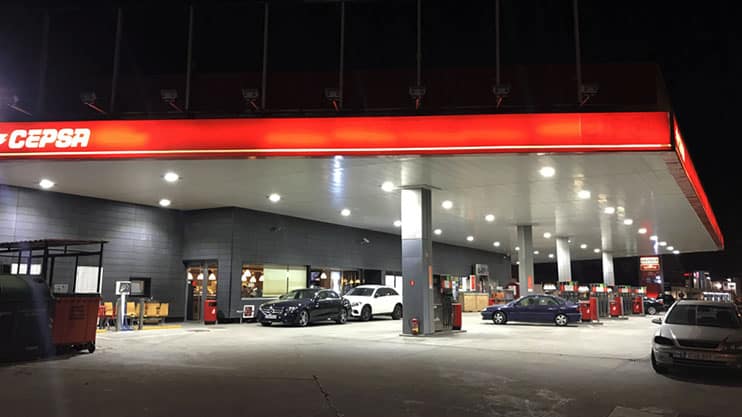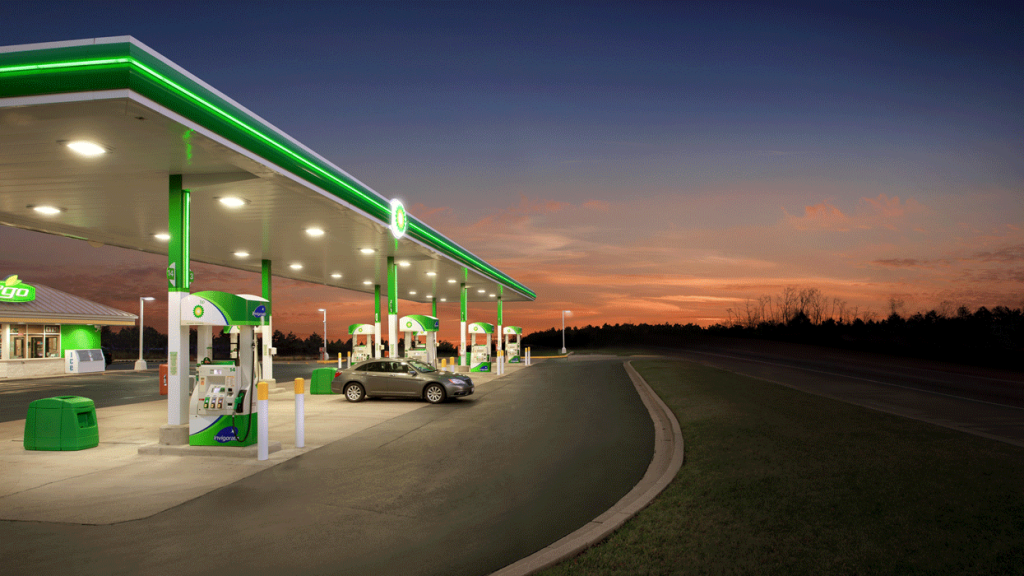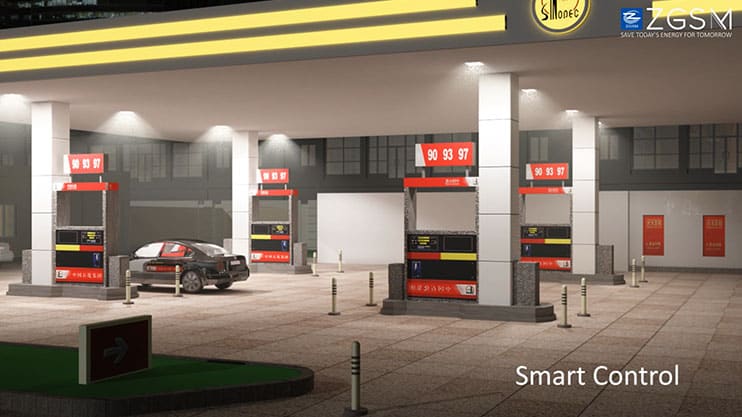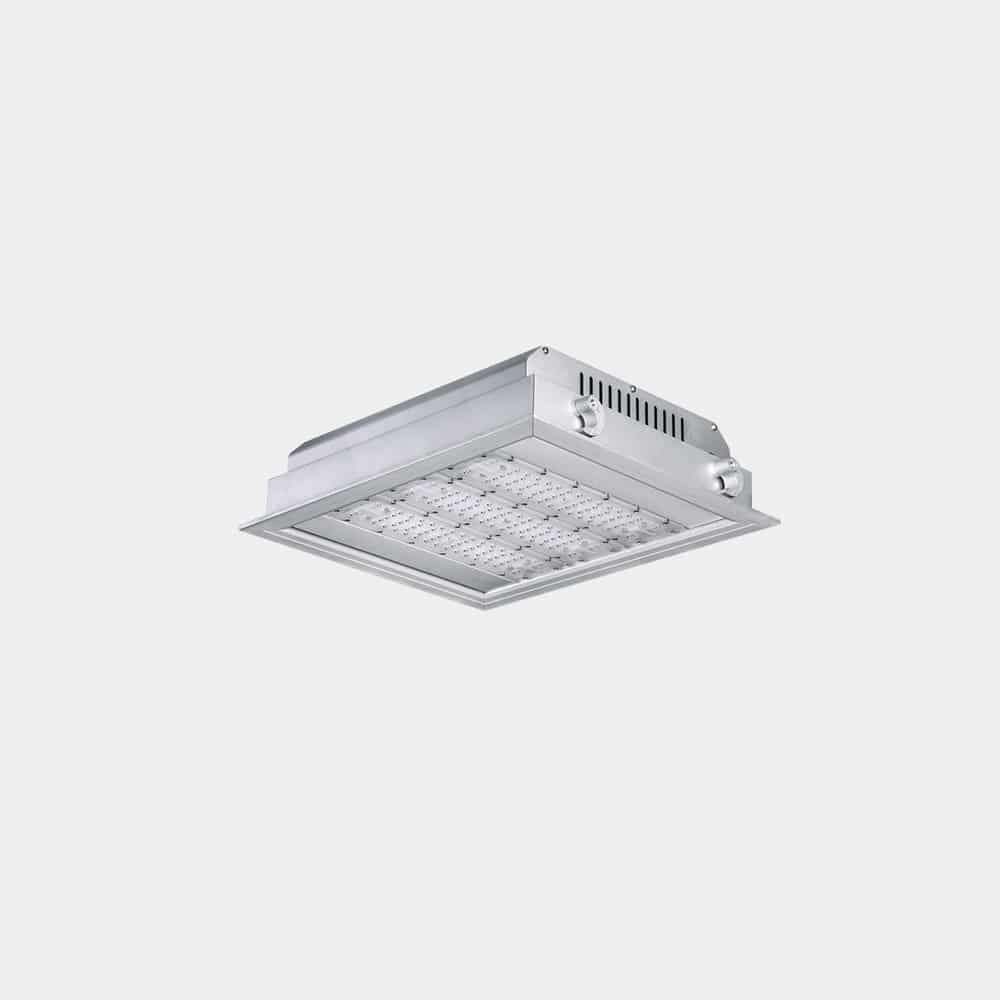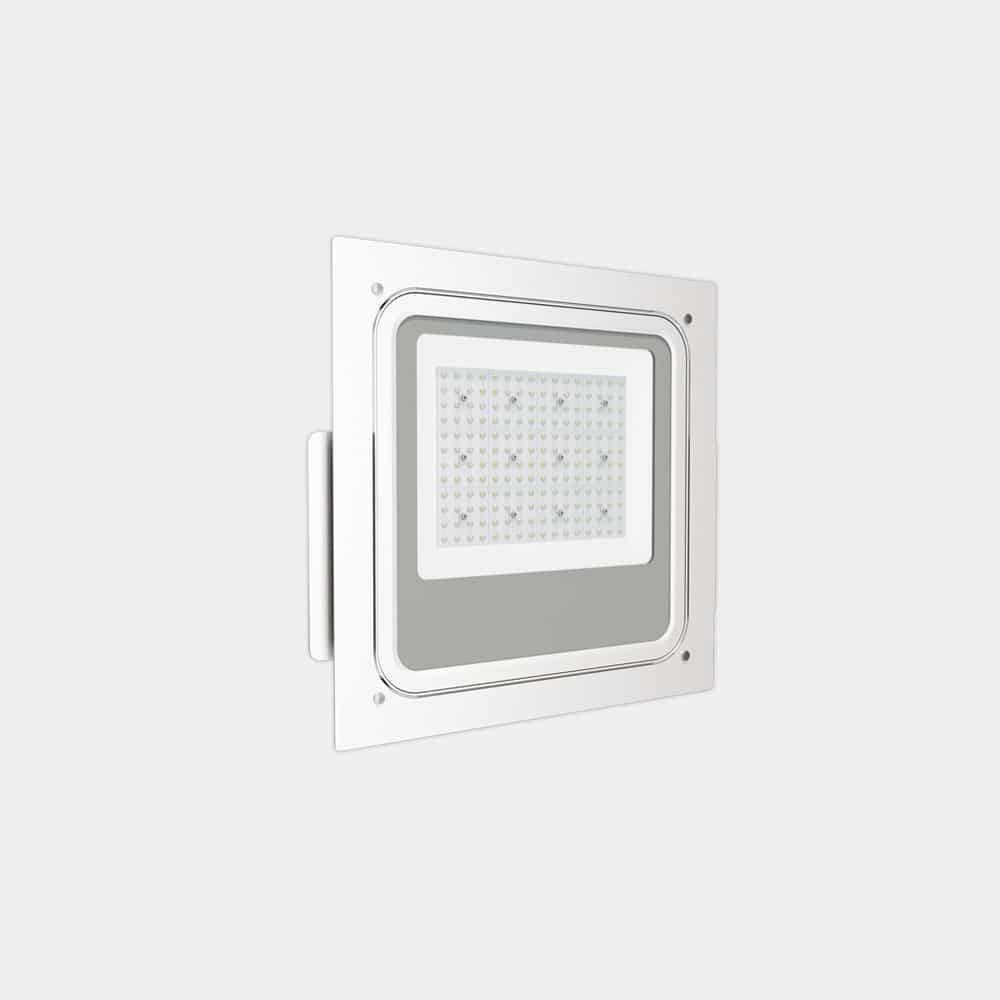Tunable white lighting and its application in indoor and outdoor lighting

Taylor
Introduction
In today’s fast-paced life, lighting plays a vital role in people’s lives. Research shows that light of specific wavelengths and intensities has a certain impact on our physical and mental emotions, biological rhythms and physical health. As LED technology continues to advance, tunable white LED lighting has become a flexible and dynamic option that supports human-centered lighting (HCL). It allows the user to adjust the correlated color temperature of the light source as needed. This technology allows the light to change from warm white (lower color temperature, such as yellow or orange tones) to cool white (higher color temperature, such as blue-white tones), which means the composition of light of different wavelengths in the light source changes. For example, road lighting is gradually moving towards low correlated color temperature solutions, 2200K. Or indoor lighting will change greatly depending on the scene, such as 5000K or higher for work, and 4000K or lower in the lounge. Tunable white LED technology makes it possible to switch between various color temperatures. At the same time, it can also cater to different customers’ needs for light color. This article mainly explains what tunable white lighting is, how to implement tunable white lighting, and the application of tunable white lighting in highbay lighting, flood lighting, street lighting and tunnel lighting.
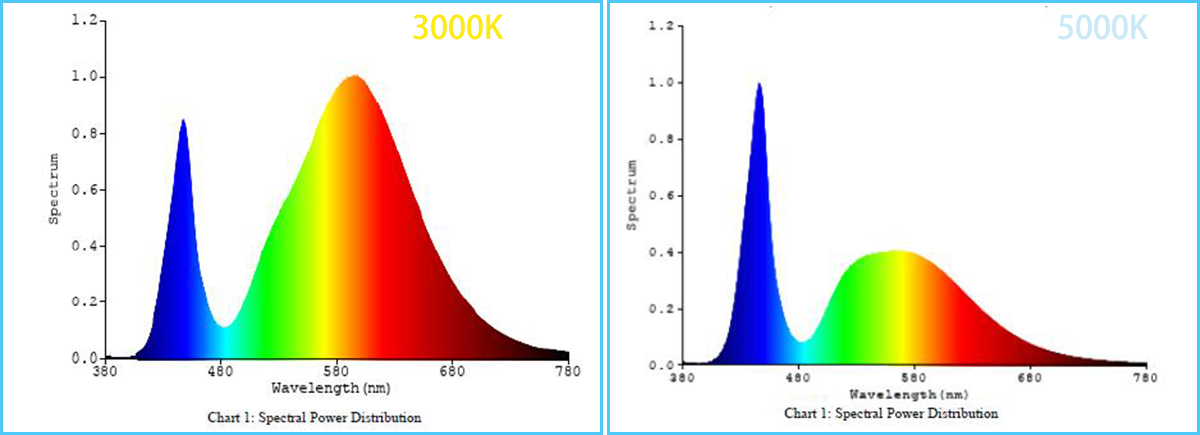
What’s CCT?
CCT stands for “Correlated Color Temperature.” It is a measurement used to describe the color appearance of light emitted by a light source, usually measured in units of Kelvin (K). Color temperature is a very important parameter in the fields of commercial lighting, home lighting, outdoor lighting and road lighting. It is used to describe the color of the light source. It means that when a standard black body is heated, the color starts when the temperature rises to a certain level. It gradually changes from dark red – light red – orange – white – blue. When a certain light source has the same color as a black body, we call the absolute temperature of the black body at that time the color temperature of the light source, that is, the color of the light, also called correlated color temperature. The higher the Kelvin number, the cooler the light is perceived. In various applications depending on the application and requirements, the color temperature of lighting usually ranges from 2200K to 6500K. Light with a low color temperature is yellowish, such as bedroom lights, which are usually below 3000K. Light with a higher color temperature is whiter, such as dining room and study lights, usually around 4000-5000K. Light with a higher color temperature is bluish, such as fluorescent lamps and sports lights, usually around 5700-6500K.

What’s tunable white lighting?
Tunable white lighting is an advanced lighting technology that allows users to adjust the color temperature and brightness of the lighting system as needed. In this system, lighting fixtures usually use LED lights, and users can adjust the color temperature and brightness through a switch, controller or smartphone app to create lighting effects with different color temperatures and brightness. It provides users with the option to choose lights with different correlated color temperatures based on specific needs and preferences, ranging from warm white (lower color temperature, such as yellow or orange tones) to cool white (higher color temperature, such as blue-white tones). Tunable white lighting has applications in medical facilities, educational institutions, homes, commercial environments and industrial spaces. For example, in home lighting, we can use higher color temperature and brightness in the evening to enhance the perception and vitality of family members, and adjust to lower color temperature and brightness before bed to help relax and fall asleep. These are the embodiment of human centric lighting.
How does tunable white lighting work?
Tunable white light lighting uses LED (light-emitting diode) technology to control the intensity and color temperature of emitted light. In this type of technology, LED lamps usually contain two or more colors(CCT) of LED chips, usually different LED chips of cool white and warm white. In addition, in order to independently control the intensity of these LEDs, we need to add additional switches or control units to the system to provide different driving currents for different LED chips. For example, when you need a warm color temperature, the driving current of LED chips with warm color temperature will become larger, and on the contrary, the driving current of LED chips with cold color temperature will become smaller. When the two are mixed, the color temperature of the lamp will be lower and warmer, and vice versa. When you need a neutral color temperature (4000K), you need to give approximate driving current to the LED chipss with a warm color temperature of 5700 and a low color temperature of 2200 to get 4000K. This is usually achieved through the use of a control system, such as a programmable lighting controller or smart lighting system, which allows the user to adjust the color temperature and intensity of the lighting. Below we introduce the different solutions one by one.

Selectable switch in tunable white lighting
In this type of solution, the LED module consists of two color temperatures, such as half 3000K and half 5000K. When you need 3000K, select only LED chips with a CCT of 3000K through the switch to be lit. When you need 5000K, select only LED chips with a color temperature of 5000K through the switch to be lit. What if you need 4000K? You only need to turn the switch to 4000K. At this time, the 3000K and 5000K LED modules will be lit at the same time, and the current is about half of the previous one. After mixing, you will get a 4000K correlated color temperature LED lamp. The change in the wattage of the lamp is achieved through 1-10V dimming. When we flip the switch, the DC voltage signal changes, and the output current of the power supply changes accordingly, that is, the power of the LED street lamp changes. Through this selector switch, we can achieve selectable CCT and lumen outputs.
Wireless control in tunable white lighting
In this type of solution, the LED module is also composed of two color temperatures. But the way it achieves color temperature and brightness adjustment is different. For example, use Inventronics dual-channel driver, which uses two DC signals to independently and continuously change temperature and brightness. For example, changes in DC source 1 can adjust CCT, and changes in DC source 2 can adjust brightness, as shown in the figure below. This solution often requires an additional dimmer or wireless controller to provide DC source to the LED driver. The former has fewer applications in outdoor lighting (LED street lights, stadium lights), while the latter often requires lamps to be equipped with NEMA or Zhaga sockets to accept the DC source from the wireless controller. In this way, users can relatively freely change the color temperature and lighting intensity of the lamp to adapt to the lighting intensity and color temperature requirements of the lamp at different times of the day.
Timer dimming in tunable white lighting
In this type of solution, the LED module is also composed of two color temperatures. Its color temperature and brightness adjustment is not achieved through switches or wireless controllers, but through built-in dimming and color temperature curves. In the revised plan, the DC source is replaced by a built-in dimming profile. The power supply will tell the power supply how much current it should output to the two channels at the appropriate time based on the curve, ultimately achieving changes in color temperature and brightness.
Why we need tunable white lighting?
The reason why tunable white lighting is so popular is mainly because of below advantages
First, it can meet different needs. In a busy office environment, people often need a bright and calm cold white light to maintain clear thinking and work efficiency; while when resting or watching movies at home, they prefer a soft, warm warm white light. light to create a comfortable and relaxing atmosphere.
Secondly, tunable white light lighting can simulate changes in natural light. This change in natural light not only helps regulate people’s biological clocks, but also improves people’s comfort and happiness. For example, a tunnel during the day requires bright lighting to match the natural light at the tunnel entrance. Tunnels at night require darker lighting with a lower color temperature to simulate nighttime lighting and reduce visual discomfort to drivers.
Additionally, tunable white lighting offers energy and cost savings. If traditional lighting systems want to achieve the effect of adjustable white lighting, they often need to install lamps with different color temperatures, which will inevitably increase the cost of purchase and maintenance. In addition, tunable white light lighting technology also makes it easy for sellers to prepare inventory so that customers can choose the appropriate color temperature and brightness lighting.
Finally, adjustable white lighting can also enhance people’s visual experience. The right color temperature is crucial to people’s visual experience. Adjustable white lighting improves people’s visual comfort by adjusting the relevant color temperature, thus bringing a better visual experience. In addition, it can reduce light pollution to a certain extent. On the surface of the study, the lower the color temperature, the lower the blue content of the light, the more beneficial to human health (reducing eye fatigue, reducing the risk of visual impairment), in addition, it will also protect the natural animals have benefits.
Tunable white lighting in application
High bay and flood lights of tunable white lighting
In highbay lights and floodlights, we often need to change the wattage and correlated color temperature of the lamp to adapt to different customer requirements for different CCT and brightness (wattage). Because different customer projects often have different requirements for these two important parameters. For example, industrial lights installed at different heights have different requirements for wattage. Through tunable white lighting, we can prepare floodlights with different wattages and CCT for customers. For example, floodlights installed at intersections often need to be brighter and have a higher CCT, while floodlights installed near parks and residential areas require slightly lower wattage and lower color temperature. But these are not absolute, and ultimately are subject to customer preferences and project requirements.
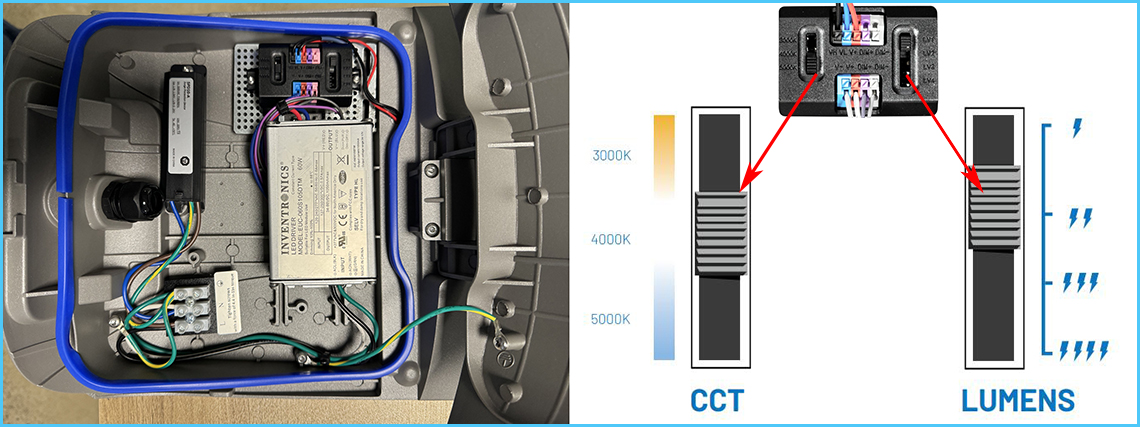
Street lights of tunable white lighting
In road lighting, some customers will also purchase some street lights in stock to ensure fast delivery. However, it is often difficult to adjust the wattage and color temperature of lamps with traditional solutions. When using tunable white lighting technology, we can selectable switch to quickly adjust the CCT and wattage of street lights to sell to different customers. In addition, as people’s understanding of LED technology increases, more road lighting projects tend to choose low color temperature lamps because this is more environmentally friendly and human centric lighting. Another question needs to be raised here is that CCT and light efficiency are often positively correlated. The lower the correlated color temperature, the lower the light efficiency. At the same time, there are studies showing that lighting with low correlated color temperature has relatively low visibility on roads. Therefore, we recommend using street lights with high wattage and high color temperature on the roads in the first half of the night when traffic flow is heavy, which can increase the safety factor of the roads. On the contrary, when the traffic volume becomes smaller after midnight, the street lights are adjusted to a state with low power efficiency and low CCT to save energy and reduce light pollution. At this time, tunable white lighting with solution 2(wireless control) is a very good solution, which can perfectly meet the above requirements.
Tunnel light of tunable white lighting
Driver safety is an important factor in tunnel lighting. Research shows that insufficient or drastic changes in tunnel lighting can have a negative impact on the human eye as it attempts to adapt to changes in brightness and color. Failure of the eye to adapt to changes increases the likelihood of traffic accidents. This is common in tunnels that utilize warm light rather than white light. To put it simply, in the tunnel and entrance section during the day, the light intensity and CCT should be high. On the contrary, tunnel interior zones require lamps with lower brightness and high CCT. The color transition from the tunnel entrance to the middle of the tunnel and demonstrates the slowly darkening light levels. The exit zone of the tunnel requires lamps with higher intensity and correlated color temperature. It is recommended to lower the brightness of the entrance and exit sections of the tunnel at night, and adjust the correlated color temperature with reference to the LED street lights at the tunnel entrance. In addition, when there are no vehicles in the tunnel, the lighting can also be adjusted to minimum brightness to provide optimized energy savings.

ZGSM LED lighting solution
Since 2005, the company has been focusing on various lighting projects. Our products include street lights, floodlights, stadium lights, industrial lights, canopy lights, etc. In these lighting fields, ZGSM has been pursuing high light efficiency, long life, reasonable light distribution, complete certification, lighting simulation, solution customization, etc. Tunable white lighting is a kind of customized solution. Our street lights, factory lights, and floodlights all support this function. If you are interested, you can contact us for more information, or click on the product link below.
Summary
This article comprehensively introduces the definition, working mechanism, implementation method and application characteristics of tunable white lighting. CCT, or correlated color temperature, is a key concept in understanding tunable white lighting and refers to the color temperature of light. Tunable white lighting allows users to adjust the CCT (achieved by adjusting the light intensity of LEDs with different color temperatures) to meet various lighting needs. Dimmers(switches) and wireless controllers are specific solutions for realizing tunable white lighting. They can provide different driving currents to LED chips with different color temperatures to adjust the final color temperature and light intensity of the LED chips. The demand for tunable white lighting stems from the demand for human-oriented lighting, which is because people are increasingly concerned about lighting comfort and light pollution. Through tunable white lighting, it can adapt to different lighting needs, simulate natural light and enhance the visual experience, while saving energy and costs to a certain extent. In addition, this article also explores the application characteristics of tunable white lighting in street lighting, commercial lighting and tunnels. If you are interested in any of these options, please contact us for more information.
FAQ
Related Posts
Guide for canopy light with battery backup
Tags:
Author

Taylor
Sales Engineer
I am Taylor, with 10 years of experience in lighting sales. Throughout my career, I have developed a deep understanding of the lighting industry and its products. My expertise lies in building strong relationships with clients, understanding their needs, and providing tailored lighting solutions that align with their requirements.
